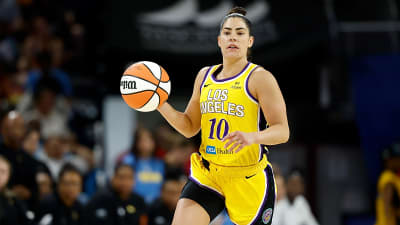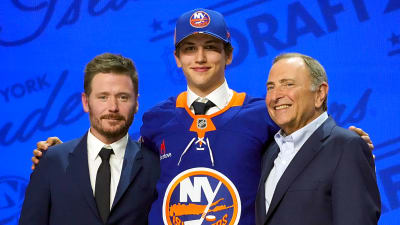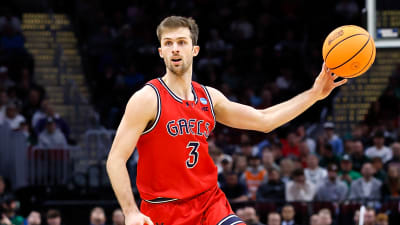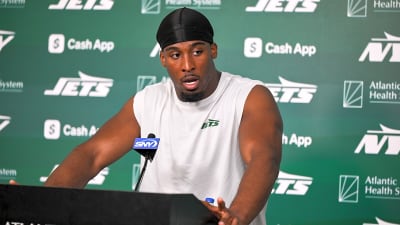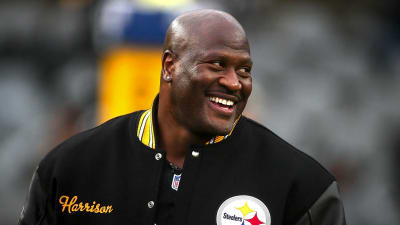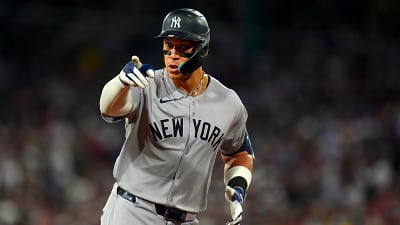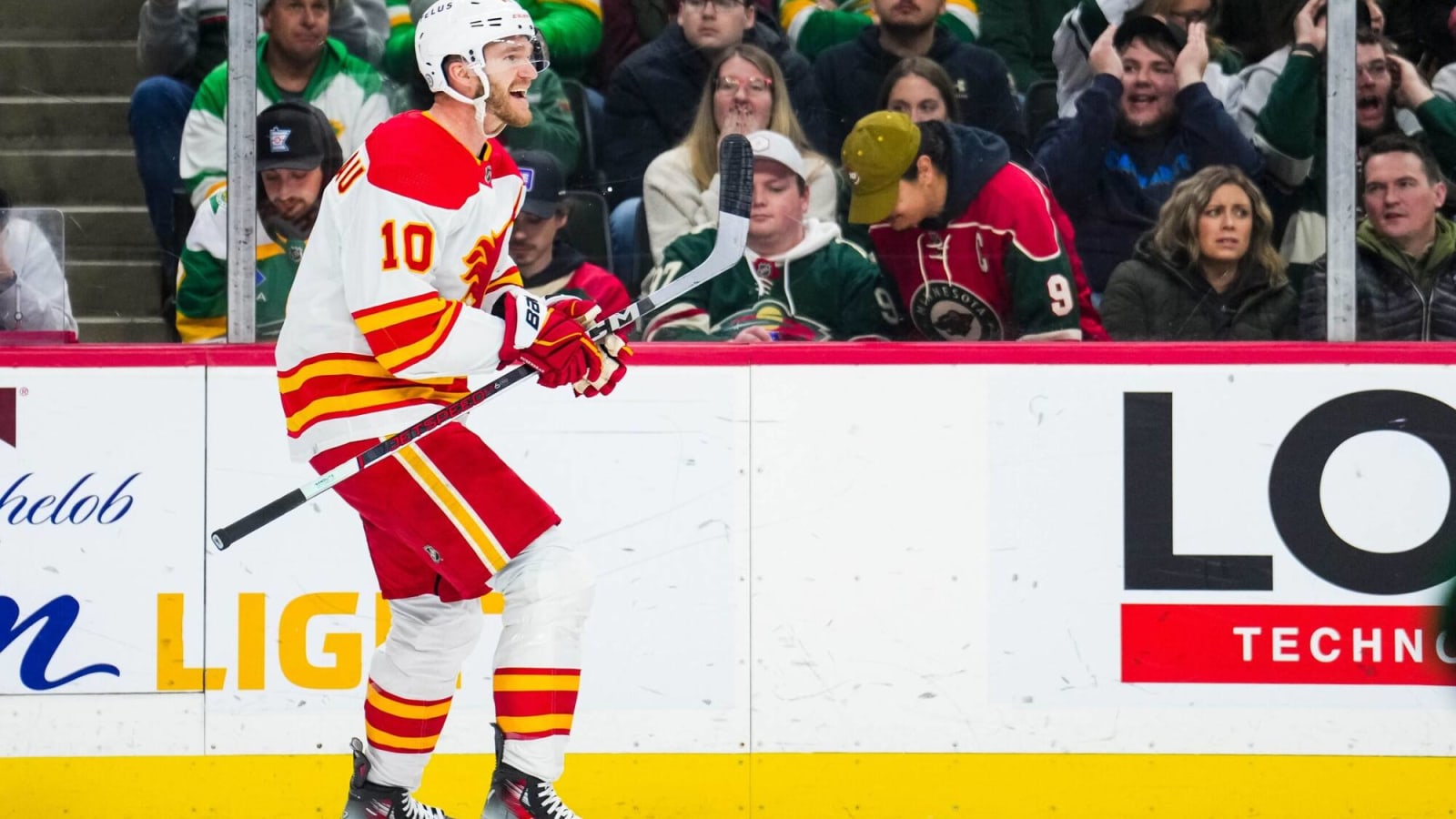
With the Stanley Cup handed out and the on-ice portion of the 2023-24 National Hockey League season complete, it’s time to tackle the last few bits of remaining business for the season: buyouts.
The buyout window opens 48 hours following the end of the Stanley Cup Final, which this season is on Wednesday (technically the window opens at 3 p.m. MT that day). We wouldn’t expect the Calgary Flames to take advantage of the buyout window, for a few key reasons.
They already have tons of cap space
If you head on over to PuckPedia, you’ll notice something: the Flames have a lot of cap space available.
If you focus just on players on one-way NHL deals for 2024-25 – and then add in Connor Zary, too – the Flames have 18 NHLers on the books and $23.9 million in available space. That’s massive. They don’t really need to do anything to add to their cap flexibility, because they have a ton of it already.
None of their contracts are that bad right now
Which Flames are making big (or medium) money that you look and go “Man, they need to replace that guy!”
Yes, fans, we’ve seen your criticisms of Nazem Kadri ($7 million AAV) and Jonathan Huberdeau ($10.5 million AAV) on social media. But if you look at their performances last year, Kadri was really good pretty much all season, and Huberdeau was consistently good (but perhaps not great) from Christmas onward.
Yeah, guys will age and history suggests that performances will diminish. But right now, nobody seems to be all that bad relative to their cap hits.
There’s no benefit in buying anybody out
You probably read that last section and exclaimed “Ryan, I really don’t like Jonathan Huberdeau’s contract!” And while Huberdeau was good for a good part of last season, he wasn’t great. If you go by season-long average game score, he was 11th-best Flames skater (and eighth-best forward). His game impact was about along the lines of Mikael Backlund’s… with almost double Backlund’s cap hit.
But with the way Huberdeau’s deal is structured, there’s an incredibly low benefit in buying him out.
The way buyouts work is that if your deal is bought out after you turn 26, you receive two-thirds of your remaining salary over twice as many seasons as are bought out… but bonuses can’t be bought out and would be paid out as normal. Huberdeau has $19 million of salary left on his deal, with the other $54.5 million coming via signing bonuses.
Here’s how a Huberdeau buyout would unfold cap-wise:
| Season | Current Cap Hit | Signing Bonus | Buyout Salary | New Cap Hit | Savings |
| 2024-25 | $10,500,000 | $7,000,000 | $904,762 | $7,904,762 | $2,595,238 |
| 2025-26 | $10,500,000 | $7,000,000 | $904,762 | $7,904,762 | $2,595,238 |
| 2026-27 | $10,500,000 | $9,500,000 | $904,762 | $10,404,762 | $95,238 |
| 2027-28 | $10,500,000 | $9,500,000 | $904,762 | $10,404,762 | $95,238 |
| 2028-29 | $10,500,000 | $7,000,000 | $904,762 | $7,904,762 | $2,595,238 |
| 2029-30 | $10,500,000 | $9,500,000 | $904,762 | $10,404,762 | $95,238 |
| 2030-31 | $10,500,000 | $5,000,000 | $904,762 | $5,904,762 | $4,595,238 |
And then the Flames would carry a $904,762 cap penalty until the end of the 2037-38 season.
Bear in mind that a league-minimum salaried player – the cheapest possible replacement for Huberdeau – would eat up $775,000 per season. Again, because of how the deal’s structured, there’s not a lot of upside in a buyout.
Long story short: you should probably expect the buyout period to come and go without any news from the Flames.
More must-reads:
- Maple Leafs in negotiations for blockbuster Mitch Marner sign-and-trade
- John Gibson trade might not be solution to Red Wings' goalie woes
- The 'Most goals in a Stanley Cup Playoffs' quiz
Breaking News
Trending News
Customize Your Newsletter
 +
+
Get the latest news and rumors, customized to your favorite sports and teams. Emailed daily. Always free!

